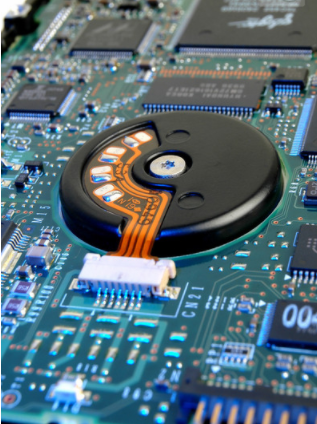Advantages and disadvantages of SMT chip processing process
SMT surface mount technology (surface mount technology) is a kind of surface mount components without leads or short leads are mounted on the surface of a printed circuit board or other substrates through reflow soldering or dip soldering Circuit assembly technology, which is welded and assembled by other methods, is currently the most popular technology and process in the electronics assembly industry. The following Jingbang Technology mainly introduces the advantages and disadvantages of the SMT patch processing process for everyone.
1. Advantages of SMT chip processing process:
1. Chip processing and assembly density is high, electronic products are small in size and light in weight. The volume and weight of chip components are only about 1/10 of that of traditional plug-in components. Generally, after SMT is adopted, the volume of electronic products is reduced by 40% to 60%. The weight is reduced by 60%~80%.
2. High reliability and strong anti-vibration ability. The defect rate of solder joints is low. Good high frequency characteristics. Reduce electromagnetic and radio frequency interference.

3. It is easy to realize automation, improve production efficiency, and reduce cost by 30%~50%.
4. Save materials, energy, equipment, manpower, time, etc.
2. Disadvantages of SMT chip processing process
1. Connection technical problems. (Thermal stress during welding) When soldering, the body of the part is directly exposed to the thermal stress during soldering, and there is a danger of heating several times.
2, reliability issues. When assembling to the PCB, the electrode material and solder are used to fix it. The deflection of the buffer PCB without the lead is directly added to the part body, or the solder joint part, so the pressure caused by the difference in the amount of solder will cause the part body to break.
3. PCB testing and rework issues. As the integration of SMT becomes higher and higher, PCB testing becomes more and more difficult, and there are fewer and fewer locations for planting needles. At the same time, the cost of test equipment and rework equipment is not a small amount.
Set SMT patch processing quality control points
In order to ensure the normal progress of the process in SMT patch processing, it is necessary to strengthen the quality inspection of each process, and then monitor its operation status. Therefore, it is particularly important to establish quality control points after some critical processes, so that quality doubts in the previous process can be found and corrected in time, and unqualified products can be eliminated from entering the next process. The setting of quality control points is related to the production process. We can set the following quality control points in the processing process:
1. Check PCB incoming materials. Whether the pad is oxidized, whether the printed board is deformed, whether the printed board is scratched; check method: visually inspect according to the test specification.
2, plug-in view. Whether there are wrong parts; whether there are missing parts; the insertion status of the components; check method: visual inspection according to the test specification.
3, solder paste printing and viewing. Whether the thickness is uniform, whether there is bridging, whether there is sag, whether the printing is thorough, and whether there is any error in the printing; check method: check visually according to the test specification or check with a magnifying glass.
4. Check before reflow soldering furnace after SMT processing. Whether there is any missing piece; whether it is shifted; whether there is a wrong part; the position of the component; the inspection method: visual inspection according to the inspection specification or inspection with a magnifying glass.
5. Check the SMT after going through the reflow oven. The soldering status of the component, whether there is a bridge, tombstone, misalignment, solder ball, virtual soldering and other bad soldering appearances and solder joints. View method: visual inspection according to the inspection specification or inspection with a magnifying glass.